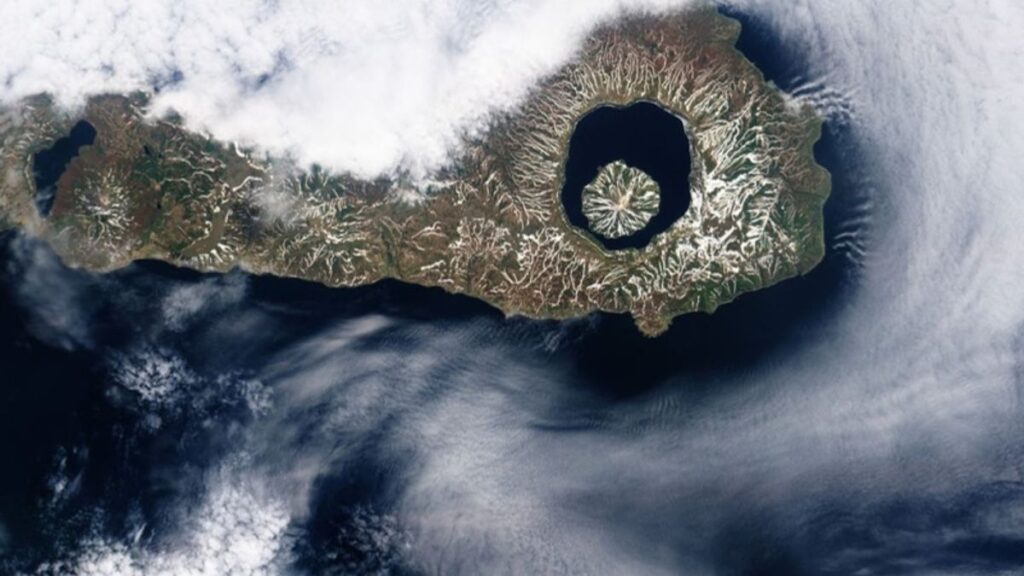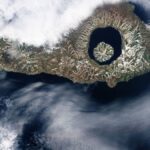Even though humanity does not have the power to control nature, we have made significant progress in forewarning natural disasters, including earthquakes, which are notoriously hard to predict. Ironically, the most effective earthquake monitoring system is based on space tech located far above the tectonic plates active below our planet’s surface.
However, earthquake prediction system is not about distance; advances in satellite design, especially the commercialization of CubeSats cameras, such as these https://dragonflyaerospace.com/products/, ensure continuous monitoring, allowing us to analyze seemingly small changes on the surface of our planet and come up with surprisingly accurate warning system.
Below, we explain how CubeSat cameras for predicting earthquakes work, what limitations each monitoring system has, and what advances are underway to expand system capabilities.
Can satellites be used to predict earthquakes?
Even though satellites have become increasingly advanced in monitoring and analysis of minuscule changes in our planet’s surface (many of which could indicate an upcoming earthquake), the prediction part is still very elusive. However, satellites do observe tectonic shifts, land deformation, and atmospheric anomalies, acting as precursors of seismic activity. However, most prediction attempts are still experimental.
Earthquake forecasts are somewhat more reliable from a scientific point of view because they are based on statistical analysis of past patterns. However, while statistics can help identify areas with higher odds of future earthquakes, the exact time and place are almost impossible to pinpoint, which makes this whole system somewhat impractical.
Earthquake signature detection has the most promise because it balances scientific theory with practice. This system relies on satellite remote sensing to detect ‘signatures’ that act as immediate precursors to earthquakes, i.e., abnormal heat fluxes or gas emissions. So far, this is the surest way to know that a quake is coming — and the only disadvantage with this earthquake monitoring system is that most accurate signals are usually short-term, so there is little time to prepare for the disaster.
But what exactly do these remote sensors analyze?
How can remote sensing be used to predict earthquakes?
<img alt=”Earthquakes monitoring”>
Remote sensing is a satellite technology powered by specialized tools that relies on three major techniques:
● InSAR, abbreviated from interferometric synthetic aperture radar, is a technology that detects ground deformation and identifies faults which result from tectonic plate movements and are typical precursors to an earthquake. One of the primary benefits of using InSAR in an earthquake monitoring system is that radar imagers do not rely on sunlight (like standard optical cameras), which means they can ensure 24/7 monitoring and timely disaster forewarning.
● Thermal infrared imaging captures changes in surface temperature that often happen due to the release of gases from the earth’s surface — another certain sign an earthquake is coming. Similar to radar imagers, infrared cameras for detecting thermal changes ensure 24/7 monitoring regardless of weather or solar conditions.
● Ionospheric monitoring is a less certain system for predicting an earthquake, but in combination with geology faults and surface temperature changes, it is a factor to be considered in a monitoring system. Satellites measure ionospheric disturbances, sudden plasma discharges from the Sun that could be either a sign of a strong solar flare or a precursor to a quake. Once again, this earthquake monitoring system is independent of weather conditions, and even though ionospheric monitoring is not enough for a quality forewarning system, it is an important contributing factor.
What is NASA’s tool for predicting earthquakes?
Now that you have a basic idea of how an earthquake monitoring system could work, the next question is: What are the space agencies doing to forewarn the population? NASA predictably leads the way with its QuakeSim monitoring system based on radar technology and advanced recognition of geology fault lines. Another monitoring system from NASA, PREDICTS (Prediction of Earthquakes and Deformation Induced by Tectonics and Subduction), studies a larger range of seismic precursors.
The ESA does not have a dedicated earthquake monitoring system, but its Sentinel-1 satellite is programmed for continuous monitoring of surface changes, including anomalies that could indicate seismic activity. Another ESA mission, SWARM, studies magnetic fields and their connection to seismic activities. But those aren’t the only promising monitoring system developments.
Earthquake Monitoring System: Solutions to Challenges
So far, the biggest challenge of any earthquake monitoring system is its accuracy. Besides the difficulty of predicting upcoming seismic activity, there is a matter of data processing — the sheer volume of information supplied by satellites needs to be analyzed and studied for anomalies. Right now, the most promising monitoring system development is machine automation because AI algorithms can detect alarming anomalies with a higher degree of accuracy and send timely notifications.
The spread of satellite constellations, including those for Earth monitoring, is another promising system that can potentially ensure better land coverage, shorter revisit times, and timely notifications about priority developments. All in all, science and space tech do not stand still — and even though we do not have a 100% accurate earthquake monitoring system yet, we might get one in the near future.





